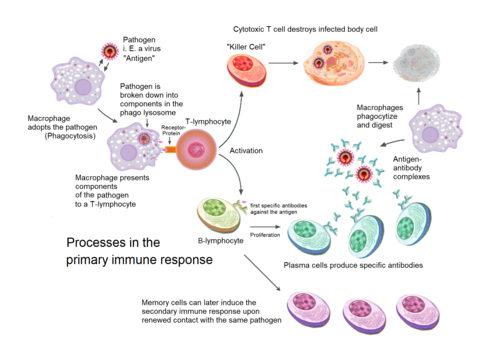
Applications of 3-dimensional cell culture in precision medicine
Three-dimensional (3D) cell culture techniques allow cells to be grown outside the organism and interact with each other like they would in vivo. Organoids, spheroids, or tumoroids mimic the in vivo tissue environment and processes, including cell-extracellular matrix and cell-cell interactions. They are important tools in cell, developmental, and cancer biology.
3D cell culture has numerous applications in precision medicine, which is an approach that considers individual variability in genes, environment, and lifestyle to tailor treatments and therapies for individual patients. Here are some examples of how 3D cell culture can be used in precision medicine.
1. Drug screening: Patient-derived tumor 3D models are emerging as more relevant models than traditional 2D cell cultures to screen the efficacy and toxicity of drugs. Drug screening in 3D models coupled with NGS, AI analysis, spatial omics technology, and spatial gene expression profiles will uncover new potential personalized treatment avenues (1,2).
2. Disease modeling: 3D cell culture models can be used to model various diseases, including cancer and genetic disorders, since they closely mimic the behavior of human tissues, allowing researchers to study diseases in a more realistic environment and develop personalized treatments. The 3D tumor models contain several types of cells and preserve the tumor cell-stroma interaction, tumor architecture, and genetic heterogeneity. These features are advantageous for example for the study of changes in the intra-tumoral stiffness in breast cancer during metastatic invasion and cytoskeleton reprogramming (1,3).
3. Biomarker discovery: By investigating the transcriptional differences between the healthy and tumor 3D cell culture models, biomarkers can be investigated that can further guide treatment decisions (2,3).
4. Tissue engineering: Advancements in personalized medicine and 3D bioprinting hold the potential to revolutionize regenerative medicine approaches for numerous diseases and trauma. Personalized medicine in tissue engineering will allow clinicians to replace damaged tissues with patient-specific organs that are less likely to be rejected by the immune system (4,5).
Overall, 3D cell culture is a powerful tool for precision medicine, allowing clinicians and researchers to study diseases and develop treatments in a more personalized and realistic way.
References
1. Gilazieva Z, Ponomarev A, Rutland C, Rizvanov A, Solovyeva V. Promising Applications of Tumor Spheroids and Organoids for Personalized Medicine. Cancers (Basel). 2020 Sep 23;12(10):2727. doi: 10.3390/cancers12102727. PMID: 32977530; PMCID: PMC7598156.
2. Law AMK, Rodriguez de la Fuente L, Grundy TJ, Fang G, Valdes-Mora F, Gallego-Ortega D. Advancements in 3D Cell Culture Systems for Personalizing Anti-Cancer Therapies. Front Oncol. 2021 Nov 30;11:782766. doi: 10.3389/fonc.2021.782766. PMID: 34917509; PMCID: PMC8669727.
3. Perone Y, Farrugia AJ, Rodríguez-Meira A, Győrffy B, Ion C, Uggetti A, Chronopoulos A, Marrazzo P, Faronato M, Shousha S, Davies C, Steel JH, Patel N, Del Rio Hernandez A, Coombes C, Pruneri G, Lim A, Calvo F, Magnani L. SREBP1 drives Keratin-80-dependent cytoskeletal changes and invasive behavior in endocrine-resistant ERα breast cancer. Nat Commun. 2019 May 9;10(1):2115. doi: 10.1038/s41467-019-09676-y. Erratum in: Nat Commun. 2019 Aug 19;10(1):3791. PMID: 31073170; PMCID: PMC6509342.
4. Langhans SA. Three-Dimensional in Vitro Cell Culture Models in Drug Discovery and Drug Repositioning. Front Pharmacol. 2018 Jan 23;9:6. doi: 10.3389/fphar.2018.00006. PMID: 29410625; PMCID: PMC5787088.
5. Wu X, Su J, Wei J, Jiang N, Ge X. Recent Advances in Three-Dimensional Stem Cell Culture Systems and Applications. Stem Cells Int. 2021 Oct 11;2021:9477332. doi: 10.1155/2021/9477332. PMID: 34671401; PMCID: PMC8523294.




